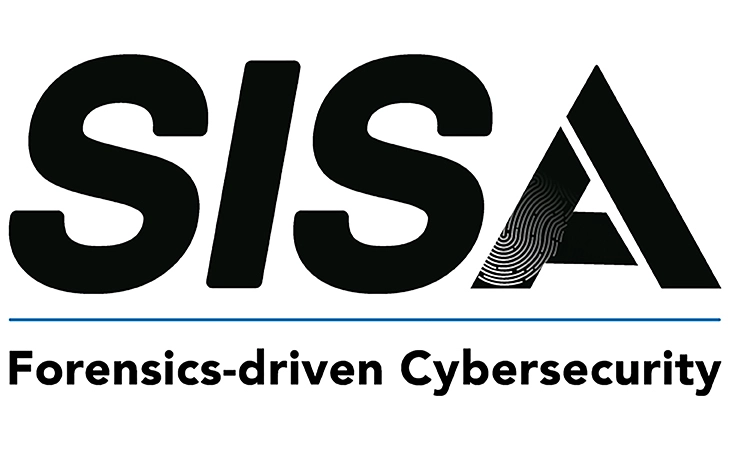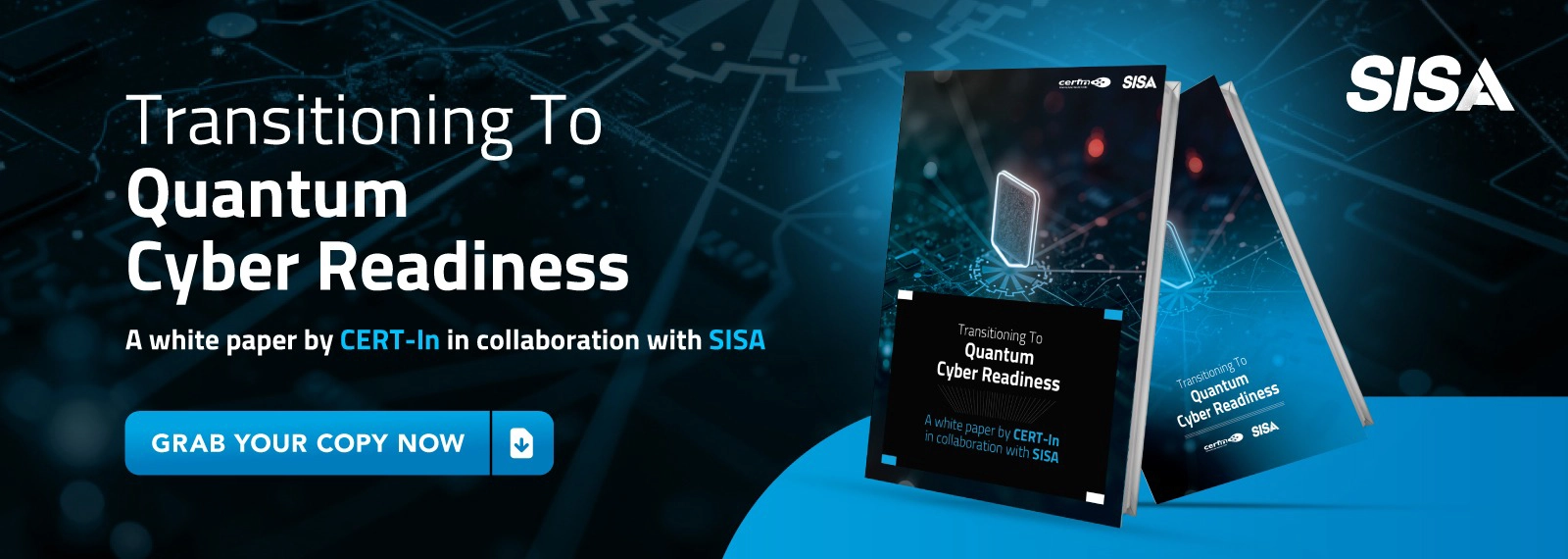
What Is Acquirer Monitoring Program? And why Is it Important
The payments ecosystem is constantly evolving, and with that comes the need for stronger oversight, tighter security, and more consistent monitoring of risk. Visa’s Acquirer Monitoring Program, also known as VAMP, has become one of the most talked-about updates in the world of fraud prevention and chargeback management. But what exactly is the Acquirer Monitoring Program, and why is it so important for acquirers, merchants, and the entire payment industry?
At its core, the Acquirer Monitoring Program is Visa’s global initiative to unify and standardize how fraud, disputes, and enumeration activity are tracked and managed. Previously, Visa operated multiple separate programs such as the Visa Fraud Monitoring Program (VFMP) and the Visa Dispute Monitoring Program (VDMP). Each of these had its own criteria and thresholds, which often led to confusion for acquirers and merchants juggling different requirements. With the launch of VAMP, Visa has combined these programs into a single framework that gives a clearer, consolidated view of risk. The idea is simple: instead of looking at fraud and disputes in silos, VAMP measures both together and adds in another critical risk factor—enumeration, or card testing. This means acquirers can no longer afford to treat fraud prevention and dispute reduction as separate initiatives.
The way VAMP works is through key ratios and thresholds. The most central of these is the VAMP ratio, which is calculated by taking the number of fraud transactions and the number of disputes and dividing them by the total number of settled transactions. This ratio is now a single benchmark that shows whether an acquirer’s merchant portfolio is within acceptable risk limits or not. Enumeration ratios are also measured, since enumeration or card testing has become a growing problem in the payments space. Fraudsters run automated scripts to test stolen card credentials, and even if these authorization attempts fail, they put massive strain on payment systems and inflate risk numbers. By including enumeration in the monitoring process, Visa is sending a clear message that this type of fraud cannot be ignored.
For acquirers, the importance of this program cannot be overstated. Their portfolios are directly measured under VAMP, and if they consistently cross the thresholds set by Visa, they will face enforcement actions. Initially, Visa provides an advisory period to give acquirers the chance to remediate, but failure to act can result in fines, increased oversight, or other penalties. Acquirers must therefore pay close attention to their merchants’ behavior, identify high-risk merchants quickly, and work proactively to reduce disputes and fraud. This requires strong fraud prevention technology, detailed reporting, and often closer collaboration with merchants who might be generating excessive chargebacks.
Merchants themselves, while not directly enrolled in VAMP, are indirectly affected in a very significant way. Their performance feeds directly into the acquirer’s portfolio metrics. A merchant with a high fraud or dispute ratio can drag down an acquirer’s entire risk profile, putting the acquirer in violation of VAMP standards. This creates pressure on merchants to improve their fraud controls, enhance customer service processes, and take disputes seriously. Merchants that fail to meet expectations may face additional requirements from their acquirers, such as rolling reserves, stricter fraud filters, higher processing fees, or even termination of their accounts. In other words, merchants cannot afford to ignore VAMP just because it is technically aimed at acquirers—the ripple effect lands squarely on them too.
From the perspective of consumers, VAMP is about building trust in the payment ecosystem. Fewer fraudulent transactions, fewer disputes, and less card testing ultimately mean safer, smoother transactions. For Visa, the initiative is part of a bigger push to protect cardholders, reduce fraud losses, and ensure confidence in digital payments. Enumeration in particular is a growing threat to consumer security, as compromised card details can quickly lead to financial losses. By forcing acquirers and merchants to pay closer attention to these activities, Visa is trying to cut off fraud at the source before it impacts consumers at scale.
The program also highlights an important cultural shift in the industry. Risk management can no longer be reactive. Acquirers and merchants must proactively measure their fraud and dispute ratios, keep an eye on enumeration trends, and act before they cross thresholds. Visa has made it clear that simply responding to disputes after the fact is not enough. Preventive action is now the expectation, and failing to adopt it will carry financial and reputational consequences. For many businesses, this means investing in fraud detection tools, adopting solutions like 3-D Secure, using customer verification processes, and tightening return and refund policies to reduce non-fraud disputes. It also means ensuring customer experiences are transparent—product descriptions, billing terms, and delivery timelines need to be clear to avoid unnecessary disputes.
The timeline for VAMP is also critical to understand. The program officially rolled out on April 1, 2025, giving acquirers and merchants time to adjust. Enforcement, including penalties, is set to begin on October 1, 2025. This six-month window serves as an advisory period where acquirers should review their metrics, identify areas of concern, and put corrective actions in place. Waiting until enforcement begins could prove costly, as penalties and reputational damage can escalate quickly. This makes 2025 a crucial year for businesses in the payments industry to align themselves with Visa’s expectations.
There are also misconceptions worth clearing up. Some believe VAMP only applies to large merchants, but the truth is all merchants, regardless of size, contribute to acquirers’ ratios. Smaller merchants with fewer transactions can still trigger problems if their ratios are disproportionately high. Others assume that chargebacks only count when they are fraud-related, but non-fraud disputes such as friendly fraud, shipping issues, or poor customer service also contribute. Finally, many assume that once thresholds are breached, penalties are immediate. While Visa does offer an advisory period and opportunities to remediate, ignoring the warnings will eventually lead to enforcement.
Ultimately, the Acquirer Monitoring Program is important because it brings much-needed clarity and accountability to the payments ecosystem. By combining fraud, disputes, and enumeration into a single framework, Visa is making it easier for all players—acquirers, merchants, and solution providers—to understand their risk position and take action. It is not just about penalties and compliance; it is about protecting the integrity of payments, reducing losses, and creating a more trustworthy environment for businesses and consumers alike.
For acquirers and merchants, the time to act is now. Reviewing fraud and dispute metrics, tightening customer experience practices, monitoring enumeration attempts, and leveraging dispute resolution tools can all help ensure compliance. The businesses that treat VAMP as an opportunity to strengthen their operations, rather than a burden, will be the ones that thrive in this new era of payments oversight. In the end, what is the Acquirer Monitoring Program and why is it important? It is Visa’s way of raising the bar for accountability, security, and trust across the global payments network—and it is a standard that no business can afford to ignore.
Latest
Blogs
Whitepapers
Monthly Threat Brief
Customer Success Stories
 USA
USA India
India APAC
APAC Middle East
Middle East Global
Global






 Facebook
Facebook Linkedin
Linkedin  X
X Youtube
Youtube







